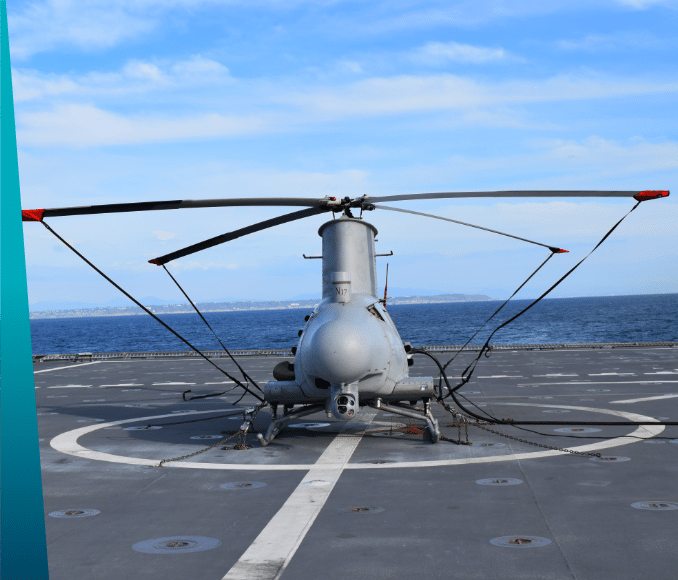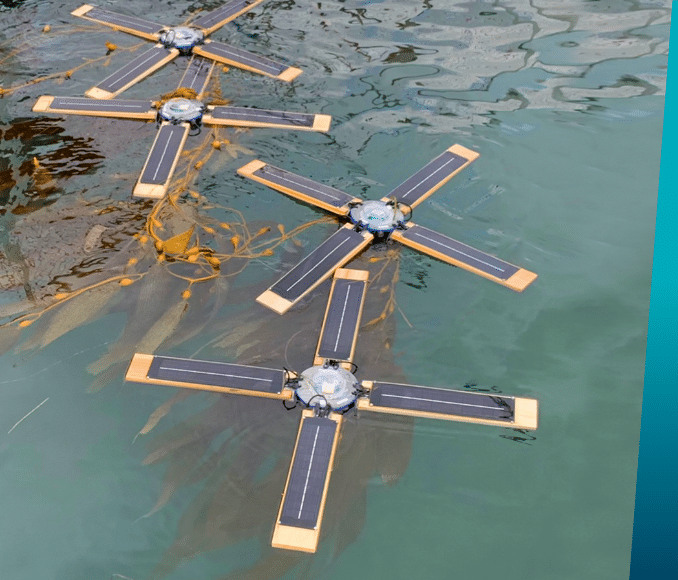Areté provides rapid, creative, end-to-end development capability to address challenging problems.
Areté has been an innovator in ocean sensing since our founding in 1976. Our deep understanding of the ocean enables a range of sensing solutions that can provide a full range of environmental measurements and find everything from marine mammals, to ships, to enemy mines of all types. Areté is a leader in mine warfare and the prime contractor for the Coastal Battlefield Reconnaissance and Analysis System, which detects and classifies mines from the beach to the sea. Key customers include the U.S. Navy, the Defense Advanced Research Projects Agency (DARPA), The Office of Naval Research, and Fugro, a commercial provider of maritime geo-intelligence.

COBRA
Coastal Battlefield Reconnaissance and Analysis
Challenge
Detecting sea mines and other obstacles through surf, whitecaps, foam, glint, and other clutter has long been a challenge for the U.S. Navy when navigating foreign waters.
We discovered a way to improve upon algorithms so that they accurately interpret not only the presence of mines, but also the kind of mine, with very low false alarm rates.
We developed a multi-spectral aircraft sensor that detects and geo-locates enemy mines and obstacles in shore zones. One of the keys to COBRA’s success is its multispectral imaging camera. COBRA is low-SWaP and mounts easily on unmanned aircraft.
We delivered COBRA on time, on budget with accelerated capabilities. COBRA is in full rate production with additional deliveries of systems, spares, training and block improvements.

STRIDR®
Sea-Trekking Rechargeable Instrumented DRifter
Challenge
Studying our marine environment is a key to understanding climate change and military reconnaissance, among other uses. But how to collect data in oceans and waterways around the world?
We discovered a way to install temporary networks of floating sensors that detect information such as salinity, tide, current, temperature, wave height, and more.
We developed a cylinder that holds sensor packages and is kept afloat by solar-powered wings. STRIDR sends its data via satellite to cloud storage, ships, and shore locations as needed in near real time. These low-SWaP units are highly biodegradable and, on completed mission, scuttle to the seafloor.
We delivered STRIDR to the U.S. Navy.

Marine Mammal Radar Detection
Challenge
Until recently, many maritime vessels have relied on visual spotters and passive acoustic “listening” to detect and avoid striking marine mammals. The first approach relies on daytime and fair weather. The second approach is problematic because many mammals vocalize infrequently.
We discovered a way to combine real-aperture radar with Areté’s advanced signal processing.
We developed radar with a 360-degree field of view and a range of 10 miles, so that mammals and pods can be spotted quickly enough to avoid collision, even at night.
We delivered our radar solutions to the U.S. Navy in 2001 and have been improving on it ever since. Areté’s radar-based approach will be applied to existing military and commercial radar systems.
